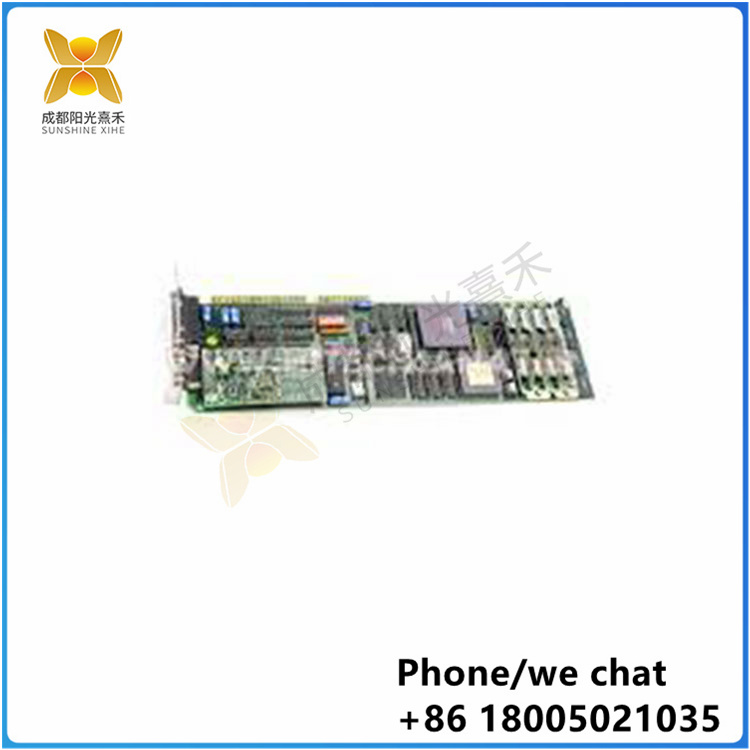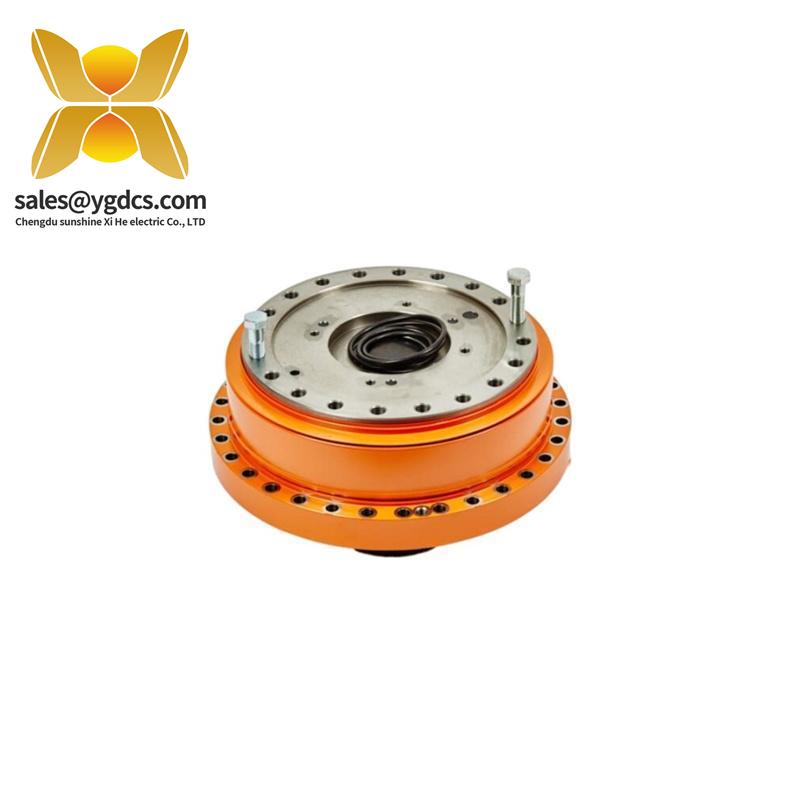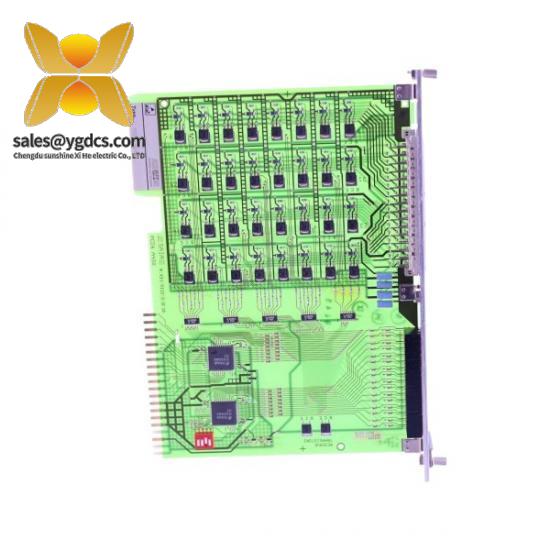Discover how ABB DSPU131 enables efficient communication and data processing for industrial automation
Body text:
In today’s rapidly evolving field of industrial automation, the efficiency of data flow and communication is key to ensuring smooth production processes and optimized decision making. ABB, a global pioneer in automation technology, has introduced the DSPU131 3BSE000355R1 communication processor unit, designed to provide a powerful nerve center for intelligent manufacturing.
Efficient data processing: The DSPU131 communication processing unit provides high-speed data processing capabilities to quickly respond to various data requirements in the production process, from sensor data collection to real-time monitoring and analysis.
Multi-protocol support: Designed to support a variety of industrial communication protocols, including but not limited to Profinet, EtherCAT, Modbus TCP, etc., ensuring broad compatibility and seamless integration with a wide range of automation devices.
Intelligent diagnosis: The integrated intelligent diagnosis tool can monitor the status of the communication network in real time, quickly identify and respond to abnormal situations in the network, reduce system downtime, and improve production continuity.
Network security: Designed with the network security requirements of industrial environments in mind, the DSPU131 communication processor unit provides multiple layers of security measures to protect enterprises from network attacks and data breaches.
Easy integration: The interface design of the module is simple and clear, and it is easy to integrate with existing industrial control systems or automation platforms, simplifying the complexity of engineering implementation.
Flexible configuration: You can flexibly configure DSPU131 based on application requirements, including communication interfaces, data processing logic, and security Settings.

DSPU131
In the field of industrial automation, cyber security is a key factor in ensuring the stable operation of systems and protecting enterprises from cyber attacks. ABB DSPU131 3BSE000355R1, an important component of ABB’s industrial control system, provides the following network security functions:
Compliance with international standards: ABB PLC products including the DSPU131 module comply with IEC 62443, an international standard for the safety of industrial automation and control systems.
Use the latest firmware and software: To ensure the security of your system and environment, ABB recommends using the latest firmware and software versions to ensure that all software, firmware, libraries and applications are up to date.
Authentication, integrity, and confidentiality: The DSPU131 module utilizes ODVA Security enhancements, namely CIP Security, to restrict communication to authorized devices through authentication, ensure packet integrity against tampering, and protect data from snooping or disclosure through encrypted communication.
CIP Security Zones: When used in conjunction with the ControlLogix 5580 controller and Kinetix 5700 drive, the DSPU131 module allows for the creation of CIP security zones, defining a set of devices that share a common set of security requirements and providing access control.
Network security Protection Guide: According to the Industrial Control System Network Security Protection Guide, enterprises should take a series of measures, including asset management, configuration management, supply chain security, publicity and education, technical protection, safe operation and responsibility implementation, to improve the level of industrial control security protection.
Technical protection measures: In terms of technical protection, you are advised to deploy antivirus software on hosts such as engineer stations and operator stations, remove or block unnecessary external device interfaces, implement user identity authentication, and use encryption protocols and algorithms.
Security operation: Enterprises should establish a network security operation center to achieve unified management of security devices and policy configuration, comprehensively monitor network security threats, and improve the centralized detection of potential risks and rapid response capabilities






